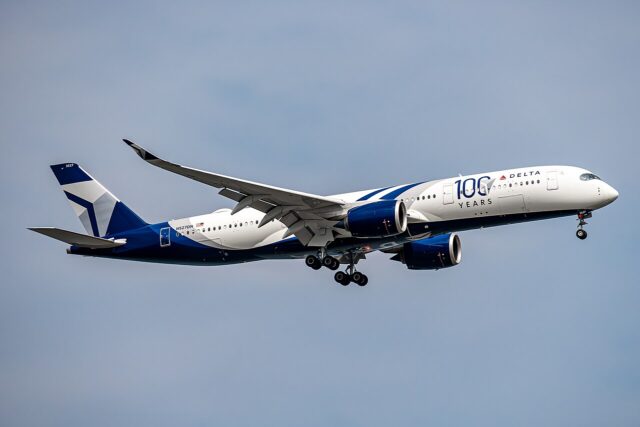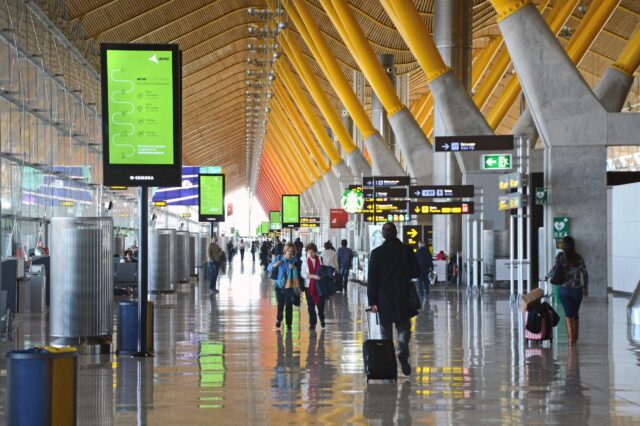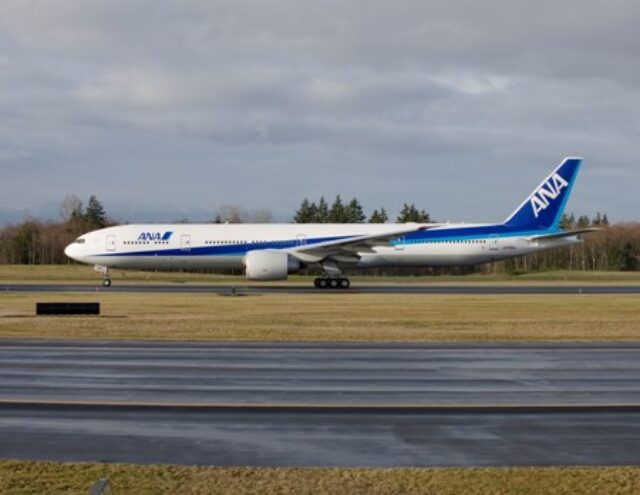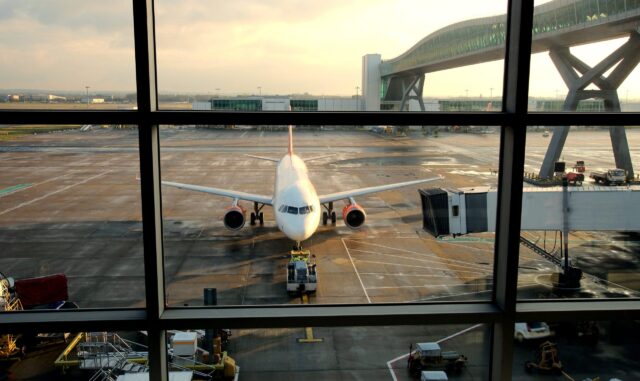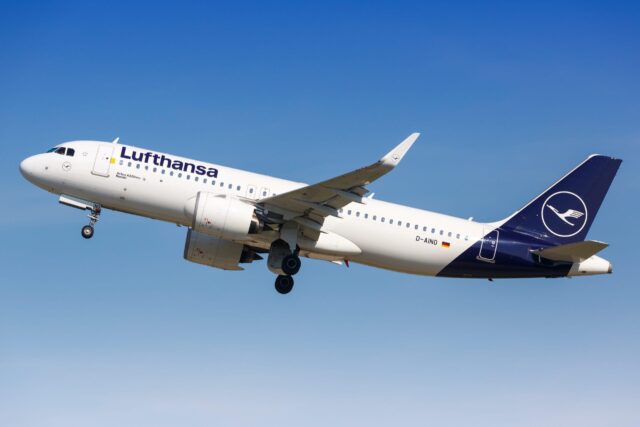When will the A400M line close?
April 19, 2025

Some 178 A400M aircraft have been ordered by ten nations. These nations are Germany (53 ordered, plus 7 options), France (50), Spain (27), UK (22), Turkey (10), Belgium (7), Luxembourg (1), Malaysia (4), Indonesia (2, plus 4 options), and Kazakhstan (2).
Four prototypes were built (all now retired), and construction number 142, an Armée de l’Air (French Air Force) Airbus A400M-180 (F-RBAY) is now flying, with delivery imminent. Four aircraft were unbuilt (c/n 005, 066, 068, 124), meaning that 134 production aircraft have been completed to date, with 44 left to be delivered.
The production rate has been eight per annum in recent years, though Airbus delivered only seven A400Ms in 2024, including the first for Kazakhstan. This would imply that production should be safe out to about 2030.
Deliveries to the UK, Turkey, Belgium, Luxembourg and Malaysia are complete, accounting for 44 aircraft. France has received 24 of its 50 aircraft, leaving 26 to be delivered, while Spain is still to receive 13 of its 27 aircraft order, Germany six (of 53), and Kazakstan one aircraft. Indonesia has not received either of its two aircraft. In January 2025, German media reports suggested that France was planning to cut its order by 13 aircraft, while Spain could reduce its order by 10 aircraft. This would obviously bring forward the end of production by as much as four years.
As Boeing found with the C-17A Globemaster III, Airbus is facing a narrowing window in which to secure additional orders, and there is a real possibility that the line could close before some potential orders are placed. Although deliveries are currently scheduled to run until 2029, long-lead items for any subsequent aircraft will need to be ordered long before that, if a costly gap in production is to be avoided.
Michael Schoellhorn, the CEO of Airbus Defence and Space has said that he is: “optimistic we’ll secure enough orders to keep running.”
The UK has a requirement for a further six aircraft, and Turkey has reportedly expressed an interest in buying further aircraft. In January 2025, it was reported that Poland had expressed interest in acquiring ten A400M aircraft, while Schoellhorn has hinted that new customers in the Middle East, perhaps including the United Arab Emirates, and Saudi Arabia could provide a new market for the type.
Recent operational experience (including the evacuations from Afghanistan and Sudan, and earthquake relief missions in Turkey) has reinforced the aircraft’s appeal, while early issues have been addressed. At last year’s Farnborough International Airshow, Jean-Brice Dumont, the head of Air Power at Airbus Defense and Space, said that an early ‘reputation’ for poor availability was: “behind us … now the aircraft is there, it does the job, and it does many jobs… we are going down the cost curve and trying to find a way to minimize any downtime.”
Airbus has made progress in optimizing maintenance of its systems, and especially its Europrop TP400 turboprop engines, propellerss and propeller shafts, and is exploring initiatives to reduce the aircraft’s operating costs. “I think we [are] already reaching availability rates and cost of ownership which are kind of benchmark, but we believe we can do more,” Dumont said.
Airbus has an ongoing retrofit programme to bring older aircraft, delivered to an earlier standard to the same standard as those aircraft now rolling off the production line. The company is also working on finalizing the promised SOC3 full-capability configuration, which will include a clearance for helicopter air-to-air refuelling. Completion of this has been estimated in 2026-27. This will serve only to make the aircraft more attractive to potential export customers.
There have been reports that France and Spain might push back the deliveries of seven A400Ms, effectively delaying the closure of the A400M assembly line in Seville by one year (eg 2029 instead of 2028).
